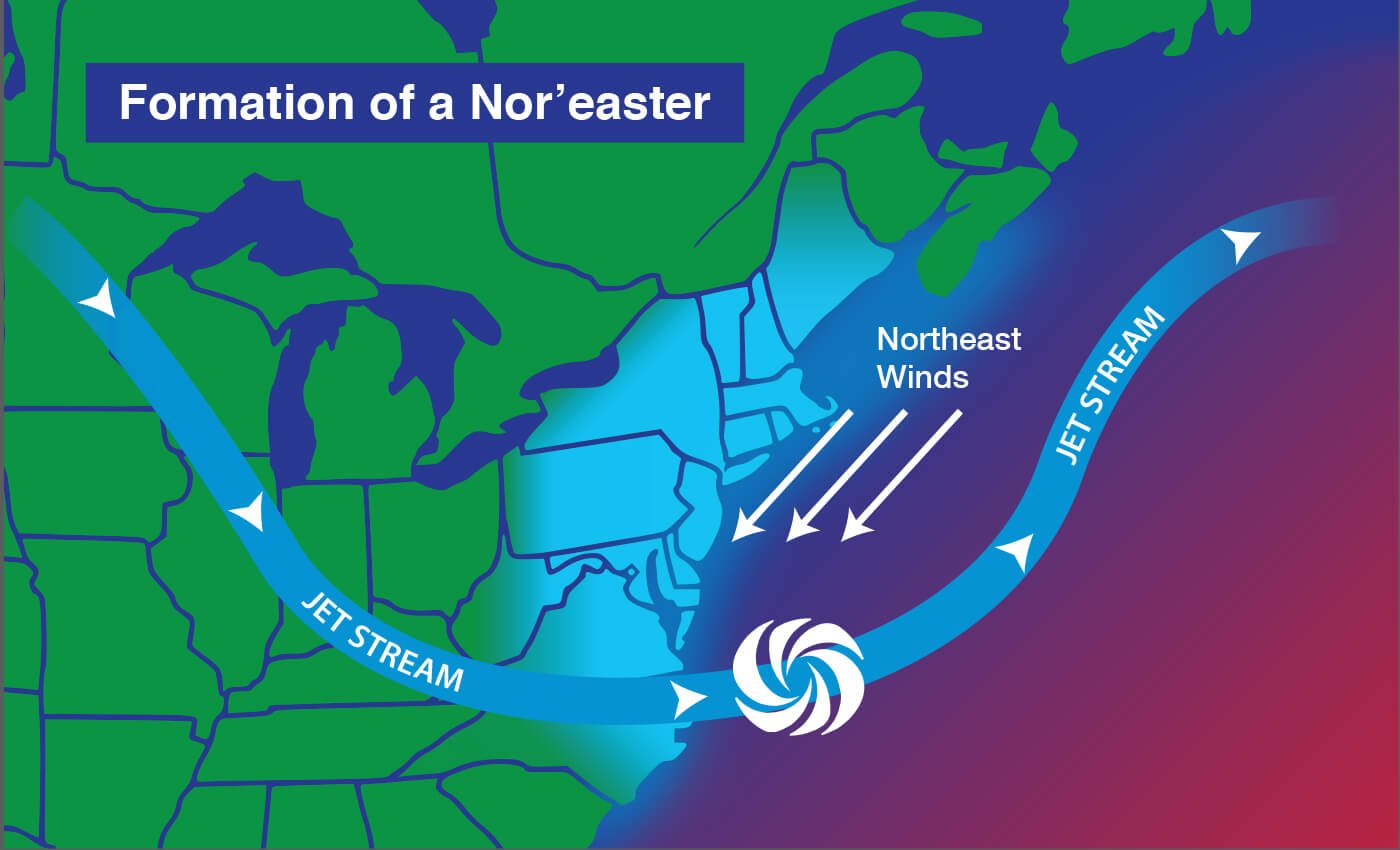Severe thunderstorms will be on the prowl each day through Easter Sunday and will mainly focus from Texas to the Ohio Valley and Great Lakes region. Some areas may be blasted by severe weather for two or three days in a row, AccuWeather meteorologists warn.
The repeating storms will be triggered by a building area of high pressure near Florida and a clash between warm air to the southeast and cold air to the northwest. The high pressure area will cause this zone to stall over the Central states but farther to the northwest than earlier in the month.
Into Thursday night, severe weather will focus from east-central Nebraska to much of Iowa and southeastern Minnesota. The storms on Thursday night will be capable of the full spectrum of severe weather, ranging from large hail and high winds to a few tornadoes. Some of the hailstones can reach the size of baseballs in a couple of the storms.
Friday
The atmosphere will reload on Friday, so that after a lull in the morning, storms will erupt in the afternoon and tend to form groups along a 1,200-mile-long swath from west-central Texas to the central part of the Lower Peninsula of Michigan.
As with Thursday night, all modes of severe weather will be possible in the strongest storms ranging from high winds and large hail to a few tornadoes on Friday.
Saturday
On Saturday, clusters of severe thunderstorms are expected to stretch from west-central Texas to parts of the Midwest. The northern edge of the storms will likely be limited to the Ohio Valley.
The most potent storms will pack large hail and high winds as well as a few tornadoes.
Easter Sunday
As a storm system forms along the front and begins to press eastward on Easter Sunday, the severe weather will become more progressive. More storms are likely to be severe than in previous days.
It is possible that a large zone of severe thunderstorms may form, with powerful winds being the greatest threat. Before the storms organize into a curved line, isolated severe thunderstorms may pack damaging hail and tornadoes from northeastern Texas to eastern Kansas and Missouri.
Because of the repeating nature of the downpours from north-central Texas to central Illinois, there will be an increasing risk of flash flooding that could evolve into river flooding for the tributaries of the Mississippi River but mainly well northwest of the zone where the deluge in the Tennessee and Ohio valleys occurred earlier in the month.
More to Read:
